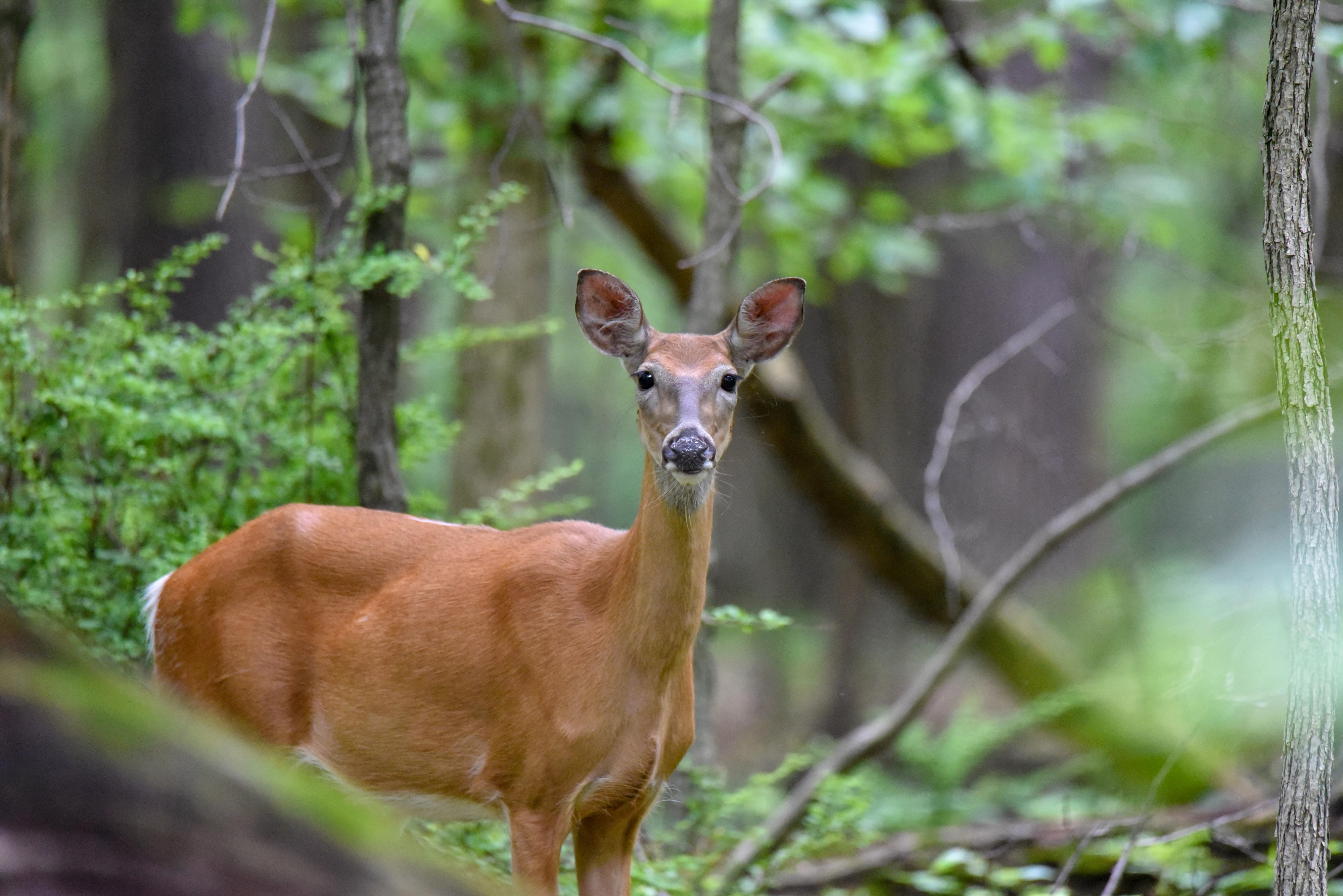| Story by Meghan McMahon |
10/24/2019
Forests cover 30 percent of the land on Earth, more than the total area of the United States, Canada and Russia combined. The trees in these forests are vital to our existence, but we often take them for granted.
We shouldn’t, however, because our forests are disappearing. More than 502,000 square miles of forested land were cut down worldwide between 1990 and 2016, and about 17 percent of the rainforests in Amazon has been destroyed in the past 50 years.
Today, 12 percent of Illinois is covered in forests, totaling about 4.4 million acres. However, before Illinois was settled by Europeans, the state was blanketed in 13.8 million acres of forest, which was 40 percent of the state’s land mass, according to the University of Illinois Extension. Those forests of yesteryear have given way to cities and towns, farmland and industrial space.
What remains of our forests does so much to help humanity, but much of it is passive and not always noticed or appreciated. Here are 10 reasons to appreciate the forests that blanket the Earth.

)
)
)
)
)
)
)
)
)
)